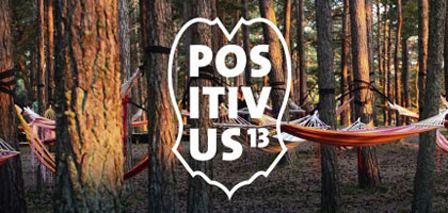Time zone EET (UTC+2) Calling code +371 640 Local time Wednesday 10:48 AM | Town rights 1928 Postal code LV-403(2-4) Area 12.57 km² | |
 | ||
Weather 2°C, Wind NW at 5 km/h, 68% Humidity | ||
Salacgrīva ( pronunciation is a town in the northern part of Vidzeme's region, Latvia. The centre of the area surrounding Salacgriva is the mouth of Salaca River, and the town's name literally means "Mouth of Salaca" in Latvian.
Contents
- Map of SalacgrC4ABva SalacgrC4ABvas pilsC493ta Latvia
- History
- Tourism
- Culture
- Local events
- Religion
- References
Map of Salacgr%C4%ABva, Salacgr%C4%ABvas pils%C4%93ta, Latvia
The distance from Salacgriva to the capital of Latvia - Riga is 103 km, to Limbaži – 50 km, to Valmiera – 95 km. Export of timber, wood-working industry, food production and trade are the most important factors in the economy of Salacgriva.
History
For the first time Salacgriva was known as a locality in early 5th century, when Livonians created their settlement of Saletsa near the mouth of Salaca River. Several centuries later the knight’s castle was built in honor of Bishop Albert on the right bank of Salaca River. It was attacked several times during the Livonian war, and for this reason by the end of the 17th century the castle had been severely damaged and it subsequently collapsed. The canal where the vessels sailed around the castle mound can still be seen in Salacgriva.
Evolution of Salacgriva went hand in hand with the development of coastal shipping in the Gulf of Riga. To improve the accessibility for larger vessels, the riverbed of Salaca was deepened and a pier of boulders was built in the mouth of the river. Salacgriva became an important transhipment point for the production of Northen Vidzeme – timber, linen, different crops – for it to be transported to Parnu and Riga. Around this time, about 200 vessels entered the port, consequently promoting growth of the town and increase in the number of its inhabitants. Therefore, by the end of the 19th century there were more than 70 residential buildings and 40 warehouses. At the beginning of the 20th century, the flow of goods to Salacgriva decreased, due to the rail infrastructure that was developed in Vidzeme and the fact that the majority of products was transported through the newly built port in Ainaži, which had a directly connection to the railway.
After the declaration of independence in Latvia in the beginning of the 20th century, the social life in Salacgriva bloomed. With the initiative from H.Eidmanis in 1921, the first secondary school was established in Salacgriva. On the 7th of February, 1928, Salacgriva gained a status of a town. Changes in economic life took place under the Soviet rule, when a fish processing plant, whose construction was initially intended for Ainaži, was built in Salacgriva and the fishing artel "Brivais vilnis" was established in Salacgriva. Due to evolution of fishing industry, the port was renovated and an open-air stage was built to celebrate the well-known festival - fisherman’s Day (named Sea festival from 2001).
Today, Salacgriva is a growing provincial town of Latvia. Even today the export of timber, wood-working industry, food production and trade has a huge importance in the economic life of Salacgriva.
Tourism
After restoration of Latvian independence Salacgriva municipality Tourism Information Centre was the first tourism information center in Latvia. It started its work on 21 June 1993, but was officially founded in 1994, on November 3. Over the years the tourism center continues to provide travelers with helpful tips for their adventure in Salacgriva so that they would want to return again and again.
Top 5 countries from which foreign tourists arrive in Salacgriva are Estonia, Germany, Finland, Lithuania and Russia.
Most popular tourist attractions:
Culture
The Social association of Salacgriva was established in the town at the end of the 19th century. With the help of the association on the 4th of August, 1902, the library of the Social association of Salacgriva was founded, which was later moved to the newly built association building, which was constructed in 1912. In the beginning, 300 books of various content could be found there, while later the number of books increased until 700 volumes. In 1957 the library was divided in two parts - Salacgriva town library was separate from the children library.
Since 1998, when the Museum of Salacgriva was established, it has operated as the centre of the history of the region for locals, tourists and history researchers. Materials about fishing and fisheries in the vicinity of Salaca River, the sea coast in Northern Vidzeme, about old lamprey fishing with weirs, the history of Salaca and Svetciems manor houses, on whose lands Salacgriva developed, about the economic and political life of the town, schools, churches and temples in the vicinity, about well-known locals who have demonstrated great success in pedagogy, science, culture and arts, in business, politics and economy can be found in the archives of the Museum of Salacgriva.
